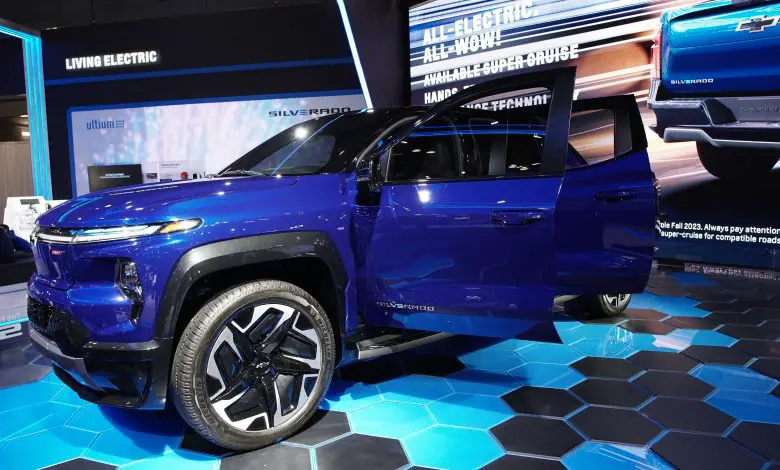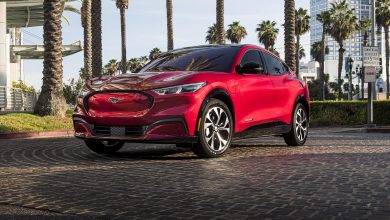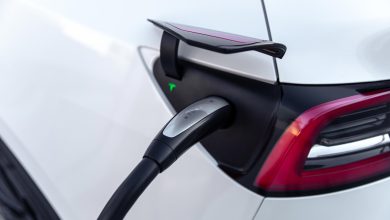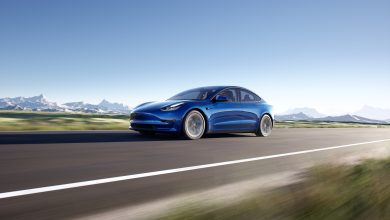General Motors EV Workers Vote To Unionize
EV NewsCompany Shares Vision On Electric Vehicle Adoption

Workers at an electric vehicle factory in Warren, Ohio, where EV batteries will be produced, have voted to join the United Auto Workers (UAW) union on Friday 9 December 2022. Ray Curry, the UAW President, welcomed the Ultium Cells workers who voted 710-16 in a victory for unionization.
“With the transition of the auto industry to electric vehicles, new employees in the auto sector at plants like Ultium are concerned about their worth and value,” part of Curry’s statement said. “This vote shows they support sustained high wages and standards that UAW associates have achieved in the auto industry.”
Ultium Cells is a product of a joint venture between LG Energy Solutions and General Motors. The Warren plant is one of four plants the joint venture will open in the United States. In late 2023, Ultium Cells will launch a plant in Spring Hill, Tennessee.
A third plant is rising from the ground in Delta Township, close to Lansing, Michigan, and is expected to open its doors in 2024. A site in New Carlisle, Indiana is being considered by the joint venture for its fourth plant.
In October, the union filed to conduct an election on behalf of about 900 workers. The vote was supervised by the National Labor Relations Board. Those who have objections concerning the vote are free to file in the next five days. At the end of the five days, if no objection was filed, the result will be certified. The facility is the first EV joint venture to join the UAW.
The United States President, Joe Biden received the news with excitement. According to the president, one of his key goals while running for the country’s top job was to rebuild the middle class. The president noted that America was built by the middle class and that unions built the middle class.
Part of the White House statement read; “My economic plan is creating good-paying jobs that you can raise a family on – many that don’t require a college degree – and provide the free and fair choice to join a union. By rebuilding our infrastructure and our manufacturing of electric vehicle batteries and semi-conductors, these jobs will bring our supply chains back home and tackle the climate crisis at the same time.”
The fears of auto industry workers and the need for unionization
In 2018, a research paper said electric vehicles will need 30% less labor to make compared to ICE vehicles. A similar report in 2021 by the Economic Policy Institute estimated that about 75,000 auto industry jobs will be lost in the United States in 2030 to the electric vehicle transition unless the government provided more subsidies that will spur domestic production.
However, the Economic Policy Institute report also mentioned that the EV transition has the potential of creating 150,000 jobs if the government provides the required subsidies. These findings have remained a persistent source of worry for autoworkers’ union.
While three legacy U.S automakers owned plants have embraced union presence, the union must start all over as the plants transition from ICE to EVs. Other EV manufacturers like Lucid, Rivian, and Tesla are not unionized.
Although Congress added incentives for union-scale wages in new plant construction, it misfired by removing legislative elements that would have encouraged the creation of unions. A good example is the removal of the $4,500 incentive for vehicles assembled by facilities with unions in the United States.
General Motors is building a robust charging infrastructure to support EV adoption
Hoss Hassani, the Vice President of the EV Ecosystem at General Motors joined Yahoo Finance Live to discuss the EV adoption outlook as well as the need for a robust charging network. According to a study from San Jose University, it is believed that the inadequacy of charging infrastructure is part of the obstacles stalling EV adoption.
GM hopes to boost the availability of chargers by leveraging its network of dealers to “choose charging locations in their communities as well as subsidizing the deployment cost,” the host of the show, Akiko Fujita, said prior to the introduction of Hassani to the audience.
Hassani emphasized that GM’s ambition is to “have everybody in an EV” and not just have EVs localized in cities. GM wants to have EV users in the country’s heartland, in rural and exurban communities, as well as in communities with underserved EV infrastructure.
“Getting 40,000 chargers deployed across Canada and the United States in thousands of communities that don’t have a single charger,” Hassani said, “is far-reaching, in our opinion, for fast-tracking EV adoption.”
As of the beginning of December 2022, they were only about 115,000 public level 2 EV chargers scattered over 50,000 locations across the United States and Canada. For EVs to become mainstreams like ICEs, more public chargers are needed, especially for people without dedicated off-street parking.
General Motors has launched a partnership with its network of dealers called the Dealer Community Charging Program (DCCP) through which it hopes to nearly double the number of available EV chargers.
GM has announced myriads of investment in charging infrastructure. The auto giant entered into a partnership with EVgo for the provision of 2,700 DC fast chargers in locations like grocery stores. A similar partnership with Pilot Flying J travel centers will introduce 2,000 additional DC fast chargers to 500 locations.
With the DCCP program, each dealer can get up to ten 19.2-kW Flo level 2 AC chargers. While this is not the fast charger capable of charging from 20% to 80% in 30 minutes, it is still faster than most of the currently available AC chargers which usually operate at 3.3 or 6.6-kW and takes several hours to fully charge an EV.
Nevertheless, Hassani mentioned that the chargers are meant for “locations that people hand out at and spend a lot of time at. A couple of hours at a library, at the campus, at school, and the employer and so forth”. However, DC fast charging stations are part of GM’s “$750 million commitment to expand EV infrastructure across North America,” Hassani said.




